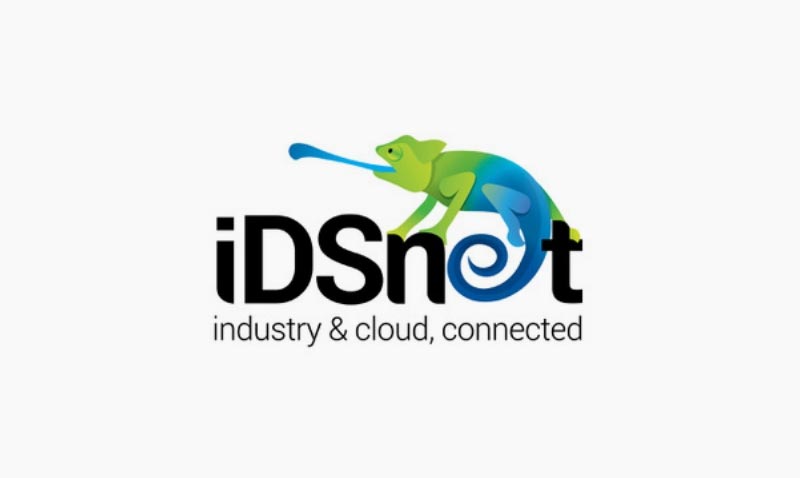Jun 17, 2025 by Mark Dingley
Australia is at a pivotal juncture in its defence strategy. Currently the nation allocates about 2.05% of gross domestic product (GDP) to defence, equating to around $59 billion for the 2025-26 fiscal year. However, international allies – notably the United States – are urging Australia to increase this commitment to 3.5% of GDP, which would translate to an estimated $91.5b annually.
This significant potential increase in defence spending signals a transformative period for Australia’s manufacturing sector.

An uptick in defence expenditure doesn’t solely benefit military operations; it cascades into various sectors, especially manufacturing. As the demand for defence-related products surges, manufacturers will be called upon to deliver high-quality goods at scale. This encompasses everything from food rations and medical supplies to advanced electronics and protective gear.
In this landscape, the importance of precise coding, labelling and traceability cannot be overstated. Ensuring that each product meets stringent defence standards is paramount, and this is where Matthews Australasia’s expertise becomes invaluable.

1. Military food rations: The production of Meals Ready-to-Eat (MREs) will see increased demand. Manufacturers must ensure accurate batch coding, allergen information and expiry dates to meet defence requirements.
2. Medical supplies and pharmaceuticals: With a focus on health and safety, the need for precise labelling, serialisation and packaging-integrity checks becomes critical.
3. Personal Protective Equipment (PPE) and uniforms: As the production of military-grade PPE and uniforms scales up, manufacturers will require durable labelling solutions that withstand harsh conditions.
4. Ammunition and defence equipment: The manufacturing of ammunition and related equipment necessitates stringent traceability and tamper-evident labelling to ensure safety and compliance.
5. Advanced electronics and drones: The rise in defence technology, including drones and advanced electronics, calls for component-level serialisation and integration with existing systems.
With over 40 years of experience in the Australian manufacturing landscape, Matthews stands ready to support this defence-driven manufacturing surge. Our integrated solutions, including the iDSnet platform, offer:

As Australia contemplates a significant increase in defence spending, the manufacturing sector must be poised to meet the accompanying demands. By investing in advanced coding, labelling and traceability solutions, manufacturers can ensure compliance, efficiency and readiness for the opportunities ahead.
Is your manufacturing operation ready to meet the demands of Australia's evolving defence landscape?
Partner with Matthews Australasia to ensure precision, compliance and excellence in every product you deliver.
For more insights, and to explore how Matthews Australasia can support your manufacturing needs, visit www.matthews.com.au.